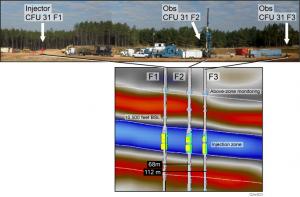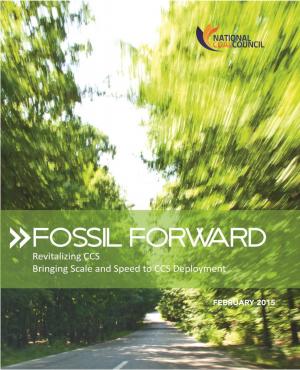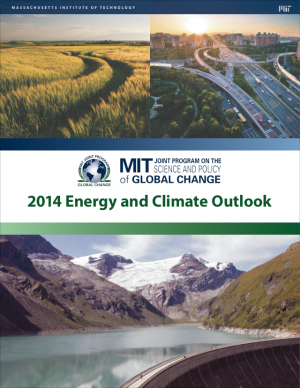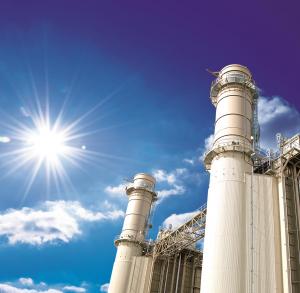October 6th, 2015
This talk describes progress toward CO2 recycling as a defense for global climate change. Presently the world is making great strides in reducing CO2 emissions, but this merely delays rather than prevents CO2 buildup in the atmosphere. CO2 recycling, on the other hand, offers the possibility of actually stopping CO2 buildup. And it could be done economically and without people needing to make major lifestyle changes. This talk will provide an overview of the present technology, and describe a roadmap to
August 12th, 2015
Guest Speaker: FELCHESMI MRAMBA, MANAGING DIRECTOR - TANESCO.
September 10th, 2015
In order to meet targets set by the Intergovernmental Panel on Climate Change (IPCC) to limit the most severe effects of climate change, levels of carbon dioxide (CO2) in the atmosphere must not exceed 450 parts per million. While fuel switching, energy efficiency, and conservation are critical pillars to reduce CO2 emissions, they are insufficient to deal with fugitive emissions or cancel out past emissions.
July 16th, 2015
The Gulf Coast Carbon Center (GCCC) at the Bureau of Economic Geology, The University of Texas at Austin has been a leader in CCUS research for over a decade. The GCCC gained extensive experiences in site characterization, project design and execution, and monitoring from several CO2 injection and EOR projects in the Gulf Coast Region. The GCCC has also been studying the prospects of CO2 sequestration and EOR in Texas offshore and recently completed a characterization project for site characterization in Gul of Mexico.
June 23rd, 2015
The U.S. Department of Energy is a world leader in the development of CCS technology. The DOE CCS/CCUS program, however, has not yet achieved critical mass. There is a need for a substantial increase in the number of large scale demonstration projects for both capture and storage technologies before either system even approaches commercialization. The National Coal Council recently completed a report for the U.S. Secretary of Energy that provides recommendations on how to accelerate the deployment of CCS technologies.
June 30th, 2015
Using a projection modeling system developed by MIT’s Joint Program on the Science and Policy of Global Change, the Integrated Global System Model (IGSM), we provide an integrated assessment of how human activities, given our current development path, are interacting with complex Earth systems and ultimately affecting the natural resources on which we depend.
July 9th, 2015
In recent years, there has been a strong focus on increasing the amount of renewable power generation on the U.S.
August 13th, 2015
The hype and media noise around grid-scale energy storage in the U.S. is reaching saturation levels. California’s energy strategy is a forcing function for more storage but what about the rest of the country? While ISOs like PJM have instituted competitive frequency regulation procurement, storage is only one of many options that can compete for this service.
Pages





